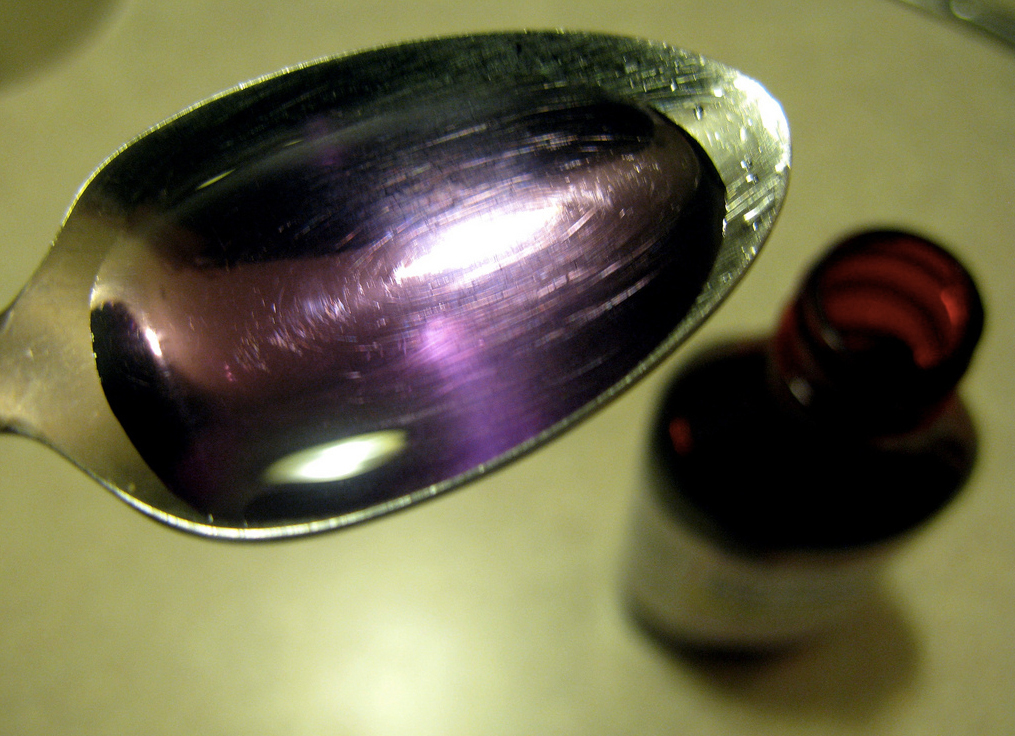Valve on Kids’ Medicine Bottles Could Prevent Overdose Deaths, But Costs Money To Install So Never Mind
Acetaminophen, best known under the brand name Tylenol, is an incredibly common medication for children. While it’s safe at the recommended dose, it can be fatally harmful when taken in excess and the overdose threshold is surprisingly low.
One way to prevent harmful overdoses of liquid medicines is to install a device called a flow restrictor into the top of the bottle. Not all flow restrictors work the same way, however. There are two types on the market. One is more effective; the other is the type overwhelmingly prevalent on store shelves. Why is the more effective valve not also the one in use more often? If you guessed “money,” congratulations: you understand exactly how business works.
Over the past year, ProPublica has been publishing a lengthy, detailed series of investigations into acetaminophen overdoses and related deaths. There has been a particular problem with fatal overdoses in infants and young children. Though many overdoses were due to unclear product labeling, 20% of the “adverse medical reactions” tracked were due to kids getting into bottles they shouldn’t have.
Flow restrictors can help this kind of overdose by making it much harder for a determined toddler to suck down a bottle of tempting-looking fruit-flavored medicine. In a collaboration with ProPublica, Consumer Reports (Consumerist’s parent company) tested the two different kinds of flow restrictors to see which are more effective, and therefore more safe.
The flow restrictors come in the “open” and “closed” types. Open flow restrictors are basically a disc of plastic with a hole in the middle across the top of a medicine bottle. The open restrictor works with a syringe but doesn’t include any type of inner layer; the syringe just goes in the hole. If a child picked up the bottle, he or she could still drink or suck out the medicine within.
The closed restrictor type, on the other hand, includes an inner seal. A syringe, when inserted, opens the seal and can reach the liquid medicine inside, but if you were to turn the bottle over or try to drink directly from it, the seal would hold shut and block the liquid flow.
Consumer Reports tested all the children’s acetaminophen bottles they could find. Five varieties came with closed restrictors; 26, including brand-name Tylenol, came with the open type. The open restrictors did prevent simply pouring out the bottle contents. The closed type, however, proved much more effective and “greatly reduced or completely eliminated the amount of liquid that a young child could squeeze, shake, or suck out of a bottle. ”
As ProPublica reports, a major reason so many brands use the open type of restrictor is explicitly because McNeil, manufacturer of Tylenol, does. In short, as goes the brand name, so go the generics. A Walgreens spokesman said that the store and its suppliers “strive to offer products that are comparable to national brands,” and added, “In this case, the national brand uses the earlier generation of flow-restrictor.”
The installation of flow restrictors has been a voluntary move by drug companies; there is no FDA regulation requiring or regulating their use. And although drug manufacturing companies have been placing them on acetaminophen since 2011, they remain absent from many other medications, including the many that contain acetaminophen.
ProPublica reports that the basic flow restrictors cost 2 to 3 cents per bottle to install, and that “more advanced” models cost 8 to 10 cents per bottle to install. Companies not only have to pay for the parts, however, but also have to make changes to their manufacturing lines. One manufacturer reported that it cost over $1 million to make the production change, and that making the use of closed restrictors more widespread will be “costly and time-consuming.”
The current restrictors are a good first step, as Consumer Reports noted in their test. Switching to closed restrictors, however, would be a better move. As Doris Peter, associate director of the Consumer Reports Health Ratings Center, said: “While we applaud manufacturers for voluntarily placing these restrictors in liquid acetaminophen products, we think the more effective valve should be adopted industry-wide. And, that these more effective flow restrictors should be used on all liquid medications for adults and children, including cough and cold medications.”
While parents should of course keep a close eye on their kids and store all medicines out of sight in hard to reach places, it’s almost impossible to overestimate how determined a young child can be to get into something–and how little a sense of self-preservation they tend to have. Switching to a different type of valve on medicine bottles seems like a great move if it can save some kids’ lives.
How safe is your baby’s medicine bottle? [Consumer Reports]
The Fix Isn’t In: Why a Safety Device That Can Stop Overdoses by Kids Isn’t Widely Used [ProPublica]
Want more consumer news? Visit our parent organization, Consumer Reports, for the latest on scams, recalls, and other consumer issues.


